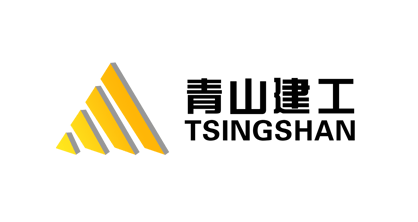I Beam Steel
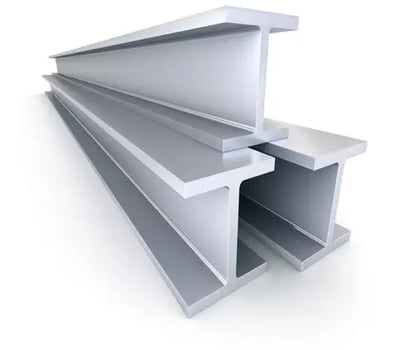

Product Name: H Beam & I BEAM
Material GB: Q195.Q215.Q235. Q345. L175.L210. L245. L320. L360- L555ASTM A53: GR A. GR B. GR CEN: S275, S275JR, S355JRH, S355J2H
Flange Thickness:4.5-35mm
Flange Width:100-1000mm
Web Thickness:4.5-70mm
Web Width:100-450mm
Length:5.8m,6m,9m,11.8m,12m or as your requirement
Payment term:T/T, LC
MOQ:1 TON
Certificate:API 5L PSL1 / PSL2. API 5CT.ISO 9001-2008
Surface:Fusion bond Epoxy coating. Coal Tar Epoxy. Polyamide Epoxy.3PE.3PP
Delivery Time:10-20 days
Package: Sea standard packing
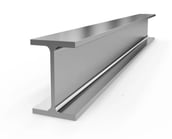

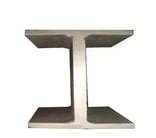

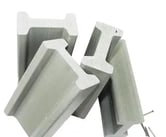

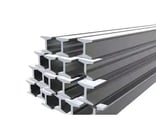

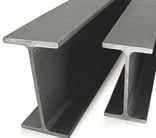

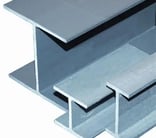

An I-beam is any of various structural members with an Ɪ- (serif capital letter 'I') or H-shaped cross-section. Technical terms for similar items include H-beam, I-profile, universal column (UC), w-beam (for "wide flange"), universal beam (UB), rolled steel joist (RSJ), or double-T (especially in Polish, Bulgarian, Spanish, Italian, and German). I-beams are typically made of structural steel and serve a wide variety of construction uses.
The horizontal elements of the Ɪ are called flanges, and the vertical element is known as the "web". The web resists shear forces, while the flanges resist most of the bending moment experienced by the beam. The Euler–Bernoulli beam equation shows that the Ɪ-shaped section is a very efficient form for carrying both bending and shear loads in the plane of the web. On the other hand, the cross-section has a reduced capacity in the transverse direction, and is also inefficient in carrying torsion, for which hollow structural sections are often preferred.
There are two standard I-beam forms:
Rolled I-beam, formed by hot rolling, cold rolling or extrusion, depending on the material.
Plate girder, formed by welding (or occasionally bolting or riveting) plates.
I-beams are commonly made of structural steel but may also be formed from aluminium or other materials. A common type of I-beam is the rolled steel joist (RSJ), sometimes incorrectly rendered as reinforced steel joist. British and European standards also specify Universal Beams (UBs) and Universal Columns (UCs). These sections have parallel flanges, shown as "W-Section" in the accompanying illustration, as opposed to the varying thickness of RSJ flanges, illustrated as "S-Section", which are seldom now rolled in the United Kingdom. Parallel flanges are easier to connect to and do away with the need for tapering washers. UCs have equal or near-equal width and depth and are more suited to being oriented vertically to carry axial load such as columns in multi-storey construction, while UBs are significantly deeper than they are wide are more suited to carrying bending load such as beam elements in floors.
I-joists, I-beams engineered from wood with fiberboard or laminated veneer lumber, or both, are also becoming increasingly popular in construction, especially residential, as they are both lighter and less prone to warping than solid wooden joists. However, there has been some concern as to their rapid loss of strength in a fire if unprotected.
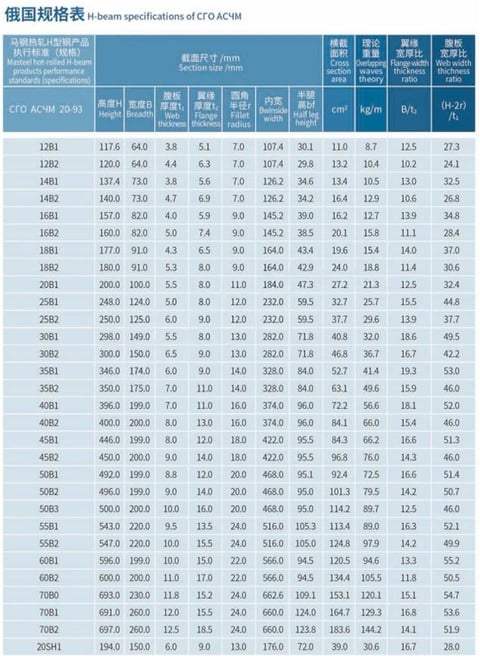

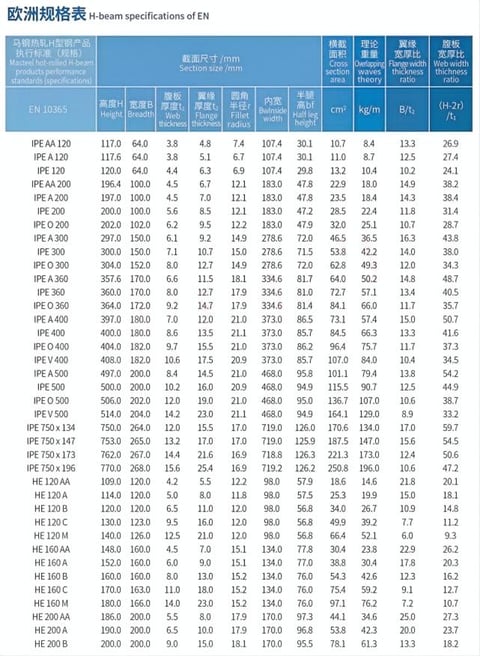

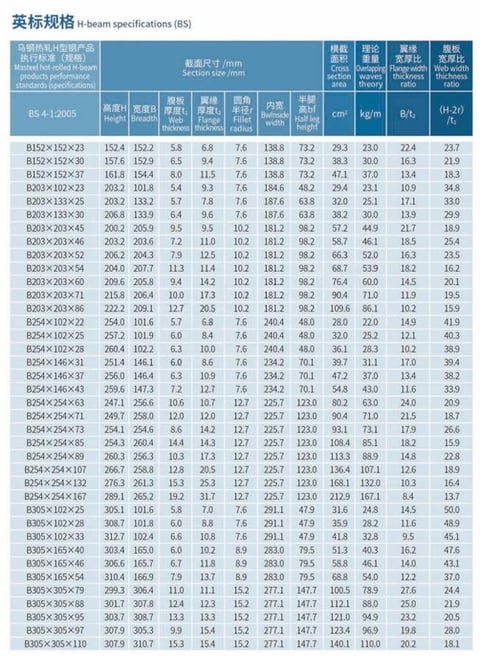

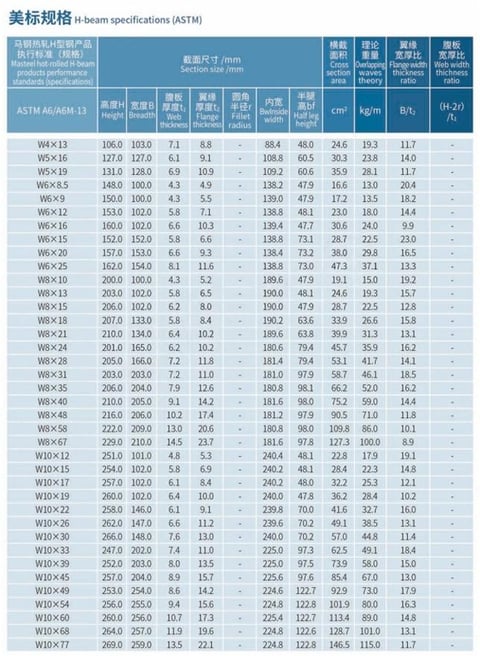

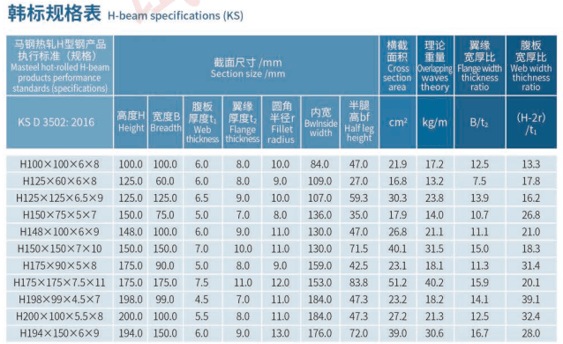

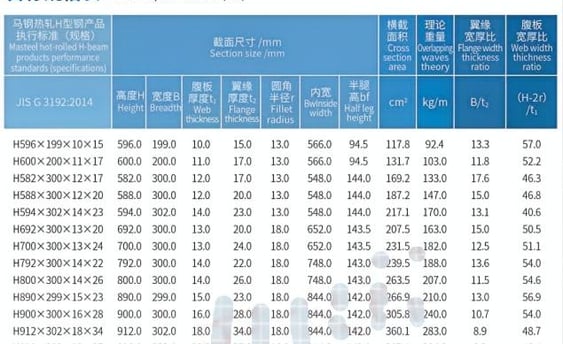

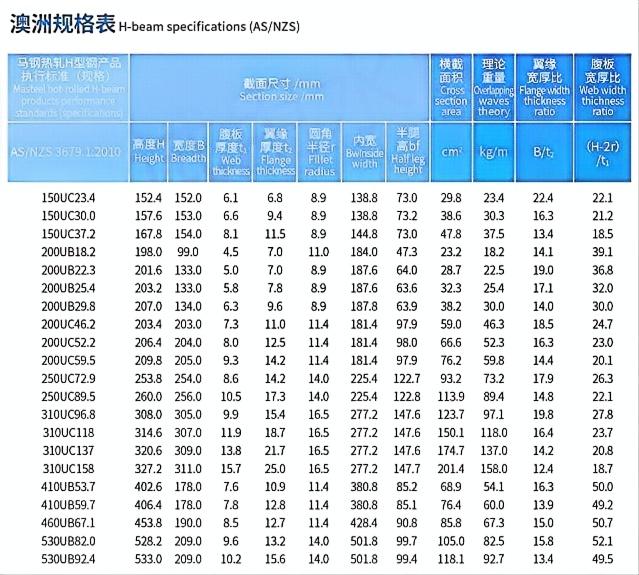

QUALITY
Leading exporter of scaffolding solutions worldwide.
WhatsApp:+86-17695531343
TEL:+86-022-26819651/26819652
E-mail:snow@tsjgsteel.com
© 2025. tsingshangroup-steel.com All rights reserved.
CONTACT




